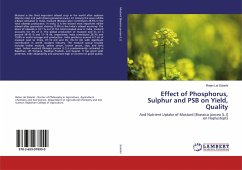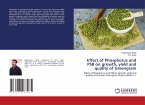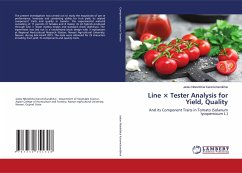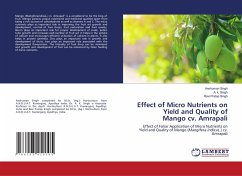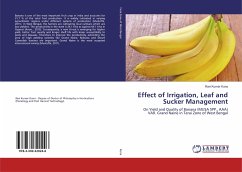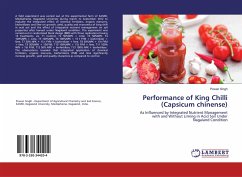Mustard is the third important oilseed crop in the world after soybean (Glycine max) and palm (Elaeis guineensis Jacq.) oil. Among the seven edible oilseed cultivated in India, mustard (Brassica spp.) contributes 28.6% in the total oilseeds production. In India, it is the second most important edible oilseed after groundnut sharing 27.8% in the India's oilseed economy. The share of oilseeds is 14.1 % out of the total cropped area in India, mustard accounts for 3% of it. The global production of mustard and its oil is around 38-42 % and 12-14 mt, respectively. India contributes 28.3% and 19.8% in world acreage and production. India produces around 6.7 mt of mustard next to China (11-12 mt) and EU (10-13 mt) with significant contribution in world mustard industry. The mustard group broadly includes Indian mustard, yellow sarson, brown sarson, raya, and toria crops. Indian mustard [Brassica juncea (L.)] is predominantly cultivated in Rajasthan, UP, Haryana, Madhya Pradesh, and Gujarat. It has good yield potential, wide adaptability and possesses high oil content of good quality.

